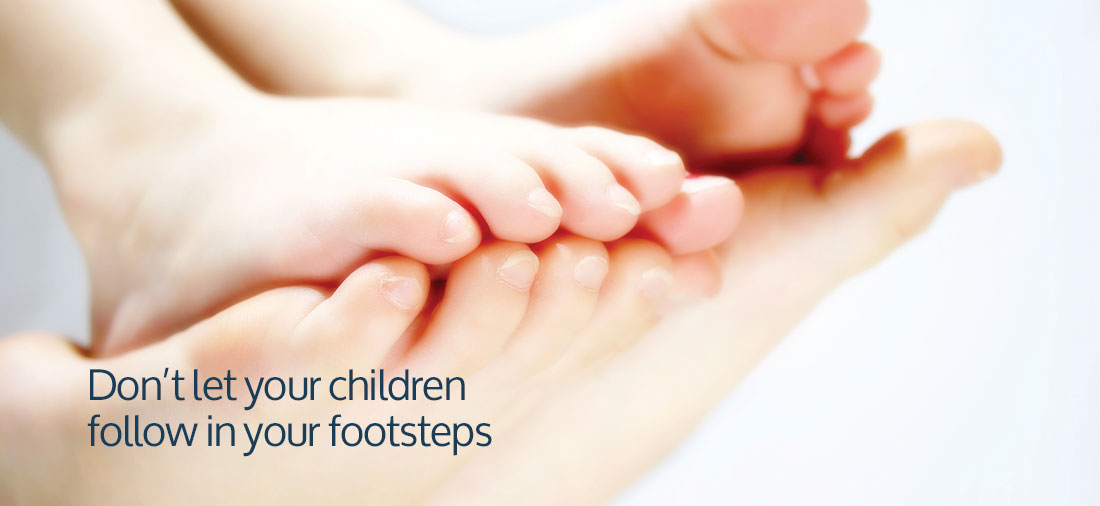Common Foot Problems for Retail and Hospitality Workers
Any work that involves walking or standing for long periods of time can cause a variety of foot problems— with up to twice your body weight in force applied through your feet and legs with every step. Your feet are taking a lot of force over extended periods of time! Pain is common in the heel, balls of the feet, and arches.
Heel pain is one the most common conditions treated by podiatrists. The way your foot moves can be a contributing factor to heel pain. The stress may also result from injury or a bruise incurred while walking on hard surfaces, or from wearing poorly constructed footwear.
Risk factors
Standing in one spot or walking for more than 4 hours at a time
Overuse injuries are prevalent for people who are on their feet for long periods of time. Supportive footwear and/or orthotics can reduce your risk of injury.
Walking on hard surfaces
Hard surfaces like concrete lack flexibility and increases ground force with every step. Workers employed regularly on hard surfaces can benefit from cushioned soles for shock absorption. Custom orthotics may also be useful for additional arch support.
Unsupportive footwear — including high heels
Shoes that are unsupportive or lack appropriate protection. Your toes should not touch the end of your shoes. If you can see the outline of your feet pressing against your shoes, they are probably the wrong size.
Regular high heel wearers place more pressure on the balls of their feet and walk less efficiently than wearers of flat shoes. The effect of wearing high heels for more than 40 hours per week shortens your calf muscle and actually changes your stride even when the heels are off.
High heels can contribute to many discomforts including:
- Corns and calluses
- Bunions
- Hammer toes
- Nerve and ligament damage resulting from the huge amount of pressure placed on the balls of your feet.
These irritations can all lead to more serious issues as you alter your walking style to compensate for painful injury. Unnatural walking patterns can result in more serious problems with the knees, hips and spine.
How to reduce your risk
Common overuse among workers include repetitive strain injuries to the Achilles tendon, and stress fractures through constant force applied to the feet. While there’s no such thing as a “perfect” shoe, you can certainly make sensible choices about the footwear you buy – especially if you will be spending a lot of time in them at work.
These problems can be avoided by:
Wearing supportive shoes
Shoes that are properly fitted with comfortable inners, lower heels and good arch support are recommended to reduce discomfort and prevent injury. Shoes should be secured on the feet with laces, straps, or buckles. Avoid backless shoes if possible– when there is nothing at the back of the shoe it forces your toes to claw to maintain hold of the shoe. If your feet have to work to hold your shoes in place, your foot muscles may be strained.
Changing position regularly
Keep your muscles mobile and give pressure points a rest. Keeping joints flexible by moving around is just as important as sitting down and having a rest at regular intervals. Make sure you change positions frequently so that any one particular muscle group isn’t getting more strain than another.
Take care of your feet at home
Many foot problems can be prevented simply by cleaning your feet regularly, inspecting them for corns, calluses and cuts, and keeping your nails in good condition. Your feet are more susceptible to injury if you are on your feet all day, so looking after your feet will make your working life easier and pain free!
If you work for long hours on your feet, and need some help looking after them, book in with one our Podiatrists for professional advice and treatment.








